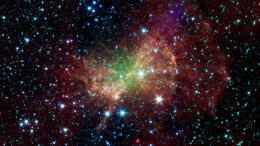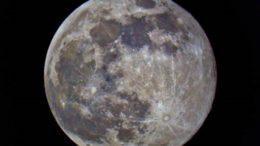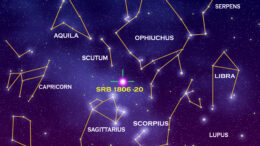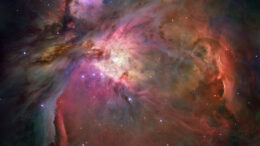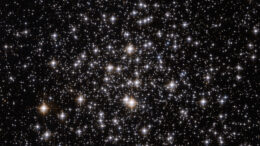Top 5 Most Famous Planetary Nebulae To View
When looking in the sky, there are several easy and well known planetary nebulae (plural of nebula) that are visible from the Pacific Northwest and other Northern Hemisphere observing locations. A planetary nebulae galaxy is…
